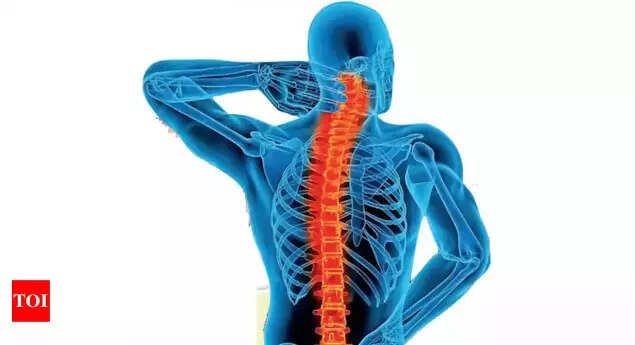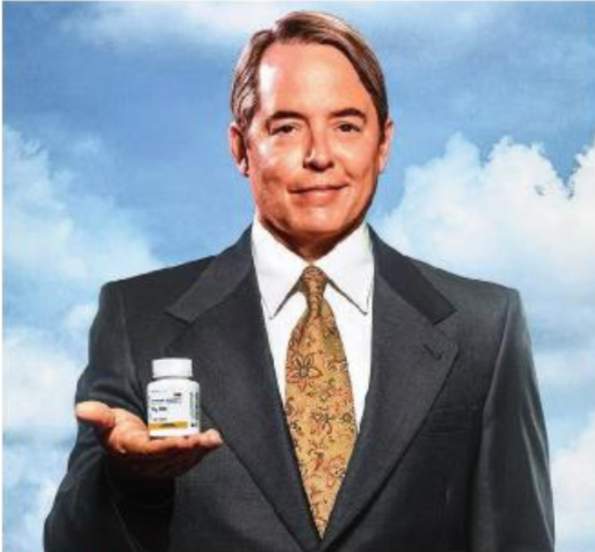To the millions with chronic pain, here are some lessons from a reformed junkie
Most columns are on political or economic issues. This is on myself. I am a recently reformed drug junkie. My story carries lessons for millions who suffer from chronic back pain.
I have had back and neck problems since the 1980s. Doctors prescribed painkillers, exercises, and yoga. I wore cervical collars and elastic belts for my back, to no avail.
I tried homoeopathy, ayurveda and Tibetan medicine. I tried acupuncture with an expert who had written a book on the subject. Despite three visits, I did not improve. Later, the acupuncturist visited my office seeking a review of his book. I said I was too busy to see him, and in too much pain too.
I tried traction for my neck, acupressure and physiotherapy for my back (including electric stimulation, ultrasound and hot packs). This gave only temporary relief. In the 1990s, MRIs of my back showed degeneration of the spine due to age, but nothing warranted surgery. In those days, surgery carried a high risk of paralysis. So, I just carried on with painkillers, exercises and fortitude.
After 1998, I moved partially to Washington DC to help my youngest son who had a learning problem. I spent part of the year in the US and part in India.

Diagnosed with degeneration of the spine due to age, but wary of surgery, the author says he initially carried on with painkillers and exercises (Representative image)
My American doctors were no better than Indian ones. Eventually, my American physician suggested OxyContin, a strong painkiller. This opioid (derived from opium) is now infamous for creating addicts and overdose deaths. But in the mid-2000s it was widely prescribed. It was a blessing for me, easing my pain. Careful about possible addiction, I never took more than three or four tablets per day.
Meanwhile, Indian friends and surgeons told me that spinal surgery had greatly improved. Some friends had benefited hugely. So, in 2017 I underwent lower back surgery. That helped for a couple of years. Encouraged, I went for neck surgery too. That made little difference. My back pain worsened greatly.
Eventually, I underwent a third surgery. It provided very limited relief. By now, I had had enough of surgeons.
In 2021, I moved to New York. My new pain management doctor was dead against OxyContin. Instead he prescribed Buprenorphine, also an opioid, used to wean addicts off heroin or OxyContin. The new drug came in patches providing slow release of the painkiller round the clock. This led to addiction.
The drug worked initially but soon the pain returned. The doctor increased the dosage. When I frequently complained of continuing pain, he repeatedly raised the dosage. In one and a half years, the dosage rose from 50 micrograms to 900. I still suffered from pain, but the doctor declared I had reached the maximum dose. There was nothing more.
Do not rush to surgeons or pain managers. Slow-release drugs, loved by doctors for providing 24/7 relief, can be a recipe for addiction. Consult neurologists, not just surgeons — your problem may be fibromyalgia
For some months, I somehow managed. Then in August 2022, when I was in India, I suffered from such crippling pain that my opioids proved useless. I had to be hospitalised.
I was given a patch of Fentanyl, a very powerful drug responsible for many overdose deaths in the US. Not even this eased my pain. The doctor added morphine every four hours. But I remained in such pain that I could not lie down and was reeling around my hospital room when the doctors visited.
Then a neurologist, Dr Rajashekar Reddi, prescribed a nerve-blocker called pregabalin. Doctors had prescribed this drug earlier but it knocked me out for almost 24 hours, so I had avoided it. But in my pain, being knocked out was a blessing. I slept through the night for the first time in days.
Dr Reddi declared that I had been misdiagnosed for years, that my real problem was fibromyalgia, a nerve disorder. He thought all my surgeries may have been errors.
Why had I been in pain despite taking opioids? Dr Reddi said that was a symptom of addiction — the pain represented my body asking for more and more. His solution: just stop taking opioids altogether, take only nerve blockers, and ride out the addiction pain, which would gradually decrease. This meant suffering constant pain for two weeks. That was hell. I was tempted to go back to opioids, but gritted my teeth and bore the pain. After two weeks, as Dr Reddi had predicted, the pain eased. I was off opioids for the first time in 15 years. I was a reformed junkie.
I write this to help millions suffering from back pain. Do not rush to surgeons, who tend to automatically prescribe surgery. Do not rush to pain managers who prescribe opioids — these will ease your pain but are addictive. Slow-release drugs, loved by doctors for providing 24/7 relief, can be a recipe for addiction. Consult neurologists, not just surgeons — your problem may be fibromyalgia. Above all, learn to live with some pain. What cannot be cured must be endured.
This article was originally published by The Times of India on October 7, 2023.


